Fanatics Sportsbook outage in New York sparks outrage and raises sabotage concerns
If you were hoping to place a bet tonight through Fanatics Sportsbook, you’re out of luck. The company says a fiber optic cable was cut, which has knocked out service for users across New York. Deposits, withdrawals, and cash outs are completely offline, and new bets can’t be placed either.
As someone who had a wager ready for tonight’s Mets game, I’m pretty ticked off. It’s one thing for an app to crash -- it’s another for an entire fiber line to suddenly go down without warning! Seriously, folks, that’s insanity. Fanatics says it’s working to fix the issue and that any bets placed before the outage will still be settled.
Orb shows how fast and reliable your internet connection really is -- available on all major platforms
When it comes to checking your internet connection, many people still turn to old-fashioned speed tests. You get rated with a number or grade, maybe feel good about it, and move on. But the truth is, those numbers don’t tell the whole story. That’s where Orb comes in -- a brand-new app that promises a real look at how your internet actually performs day to day.
Orb was built by some familiar names. Doug Suttles and Jamie Stevens, who helped create Speedtest and Downdetector, are leading the project, along with a group of former Ookla and Fastly veterans. It’s safe to say they know a thing or two about internet performance.

Yale Assure Lock 2 Touch adds fingerprint security and smarter automation to ADT+
ADT is one of the most trusted names in home security, but the company is not resting on its laurels. You see, in partnership with Yale and the Z-Wave Alliance, ADT has launched a new smart lock designed to make home protection faster, smarter, and more seamless.
The product is called the Yale Assure Lock 2 Touch with Z-Wave. It’s the first Z-Wave 800 Series smart lock to feature fingerprint access. Even more impressive, it’s the first lock to use the new Z-Wave User Credential Command Class.
ADATA unveils XPG MARS 980 SSD series with insane 14000MBs speeds
XPG, the gaming division of ADATA, has annnounced its newest PCIe Gen5 solid state drives. The MARS 980 series features read speeds up to 14,000MB/s and write speeds reaching 13,000MB/s. These SSDs are aimed at gamers, content creators, and professionals working with artificial intelligence or other high-performance computing needs.
The real attention-grabber here is the beautifully engineered MARS 980 STORM. It introduces the industry’s first hybrid liquid-and-air cooling setup for an SSD. That’s right, folks -- this drive has both copper heat pipes and dual fans working together to cool things down. XPG claims this design cuts temperatures by about 20 percent compared to passive heatsinks. Despite the complex cooling, everything is powered through the M.2 slot -- no extra cables required. It’s available in up to 4TB capacity, making it a top-tier option for anyone needing serious speed and stability.

AdGuard brings full command line ad-blocking to Linux with stable v1.0 release
Back when the nightly version of AdGuard for Linux first surfaced, I reported on its potential and how it aimed to bring proper ad-blocking to the command line. Now, with version 1.0 officially released today, AdGuard for Linux is no longer experimental -- it’s a complete and stable tool aimed squarely at users who want powerful, terminal-based protection.
Unlike the Windows and macOS versions that offer full graphical interfaces, AdGuard for Linux is built entirely around the command line. It brings many of the same core features, just in a more lightweight, scriptable format that should appeal to those who live in the terminal.

AlmaLinux 9.6 Beta released: Here’s what Linux users need to know
AlmaLinux 9.6 Beta has officially been released (download here), giving Linux fans and enterprise users an early peek at what’s coming next from this Red Hat-compatible distribution.
The new beta is codenamed “Sage Margay” and is available right now for x86_64, aarch64, ppc64le, and s390x systems. Keep in mind, this is a pre-release build, so don’t go installing it on anything mission-critical unless you’re ready for things to break.

Install 4MLinux 48.0 to breathe new life into your old computer
Let’s be honest, y’all -- it is pretty easy to feel overwhelmed by everything going on these days. Bad news seems to hit from every direction, leaving many people feeling helpless or anxious. But believe it or not, there is a simple, satisfying way to take back a little bit of control -- by breathing new life into an old computer with a refreshing Linux distribution such as 4MLinux.
You see, the new 4MLinux 48.0 series has officially been declared stable (download here), and it brings a whole lot to the table for such a lightweight operating system. Whether you want to write documents in LibreOffice 25.2 or GNOME Office (featuring AbiWord 3.0.5, GIMP 2.10.38, and Gnumeric 1.12.59), this little distro has you covered. Browsing the web is easy too, with both Firefox 137.0 and Chrome 135.0 ready to roll. Thunderbird 128.9 is there if you still prefer handling email the old-fashioned way.

Brave open sources Cookiecrumbler to make cookie consent blocking smarter
Brave just made a move that should make privacy enthusiasts pretty happy. The company has officially open sourced Cookiecrumbler, a tool designed to automatically detect and help block those obnoxious cookie consent banners you see across the Web. These pop-ups are not only annoying but, according to research, often track users even when they click reject. Cookiecrumbler aims to stop that nonsense while avoiding the headaches that can come with sloppy blocking rules.
Lately, Brave has been my go-to web browser. It’s open source, cross-platform, and runs beautifully on Linux, which I appreciate as a Linux fan. Even better, it handles ad-blocking on iOS -- something many other browsers don’t offer. And perhaps most importantly, it does all of this without relying on Google.

Here’s why I reserved the affordable and customizable Slate electric pickup truck
The electric truck market is loaded with options these days, but most of them feel like they are designed for people who want to show off rather than actually get things done. Between all the oversized touchscreens, fancy features, and prices that could make your head spin, I found myself turned off by a lot of the choices out there. That is why the Slate Truck caught my eye -- and why I did not hesitate to put down my $50 to reserve one.
This unique truck takes a very different approach from the big names in the industry. It is all about simplicity and affordability. No giant infotainment screen. No powered seats or overly complicated tech to get in the way. Instead, you get steel wheels, crank windows, real knobs for the HVAC, and the freedom to bring your own phone or tablet to handle navigation and music. I actually respect that. It puts control back where it belongs -- with the driver.

Silicon Power launches Inspire microSDXC card
When it comes to capturing high-res video or running games on portable devices, storage performance can often be the deciding factor between smooth success and frustrating failure. Silicon Power is looking to give creators and gamers a reliable solution with the launch of its all-new Inspire microSDXC card.
The Inspire card is available in four capacities -- 128GB, 256GB, 512GB, and 1TB. The company says this card can hit maximum read speeds of up to 170MB/s. Write speeds will vary by model, with the 1TB version reaching up to 160MB/s and the 128GB, 256GB, and 512GB capacities topping out at 150MB/s.

Volkswagen and Uber bring self-driving ID. Buzz electric vans to Los Angeles
Volkswagen is making a serious push into the world of autonomous vehicles, and it is teaming up with Uber to help drive that effort forward. The two companies have announced a partnership that will put Volkswagen’s ID. Buzz AD vans (fully autonomous, all-electric versions of its iconic Microbus) on American streets as robotaxis. The rollout will begin in Los Angeles, with testing set to start later this year and commercial service planned for 2026.
While the plan is for these vehicles to operate without drivers, don’t worry -- there will still be human operators on board during the early phases of testing and launch. This approach is designed to help fine-tune the technology and ensure rider safety while waiting on necessary regulatory approvals.
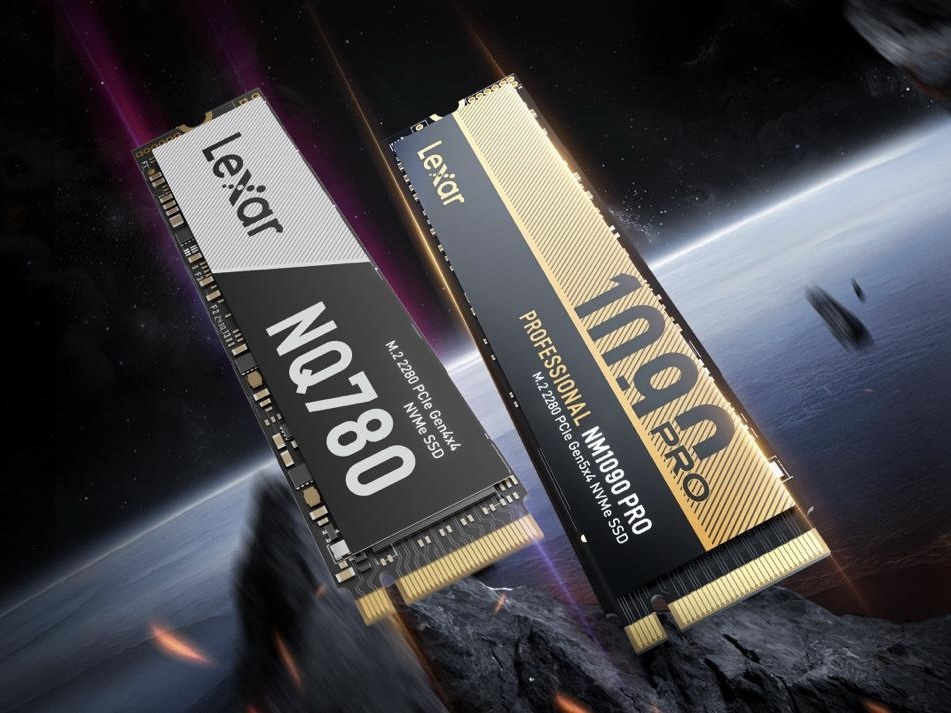
Lexar launches NQ780 and NM1090 PRO SSDs with blazing speeds for gamers and creative pros
Lexar is looking to shake up the solid state drive market with the debut of two new high-performance NVMe SSDs. The company has released the NQ780 PCIe 4.0 SSD and the Professional NM1090 PRO PCIe 5.0 SSD, both aimed at gamers, content creators, and anyone who demands fast storage. Even better, both drives are available for purchase on Amazon right now.
The NM1090 PRO stands out as the flagship option, pushing PCIe Gen 5 storage to impressive new heights. Depending on which capacity you choose, this SSD can hit read speeds up to 14,000MB/s and write speeds up to 13,000MB/s. The 2TB and 4TB models both offer up to 2100K IOPS for random reads, while random write speeds can reach as high as 1800K IOPS. Even the 1TB model holds its own with 14,000MB/s reads and 10,000MB/s writes. It’s built using a 6nm controller to help keep heat in check and performance stable.

Google reveals ZAPBench to predict brain activity in zebrafish and unlock new AI-powered neuroscience research
If we are lucky, Artificial intelligence might one day help scientists understand the human brain the same way language models predict the next word in a sentence. And now, that future is closer to becoming reality thanks to a new project from Google Research, Harvard University, and HHMI Janelia. You see, these teams have introduced the Zebrafish Activity Prediction Benchmark, better known as “ZAPBench,” which could help researchers create more accurate models for predicting brain activity.
ZAPBench isn’t just another dataset, folks. Actually, this new tool is based on two hours of brain recordings from larval zebrafish, capturing how roughly 70,000 neurons fired in response to different virtual reality scenarios. These tiny fish were shown various environmental changes, including shifting light patterns and moving water currents, while researchers recorded brain activity at an impressively detailed scale.

Hackers can now bypass Linux security thanks to terrifying new Curing rootkit
Most Linux users assume their security tools will catch bad actors before damage is done -- but sadly, new research suggests that confidence may be misplaced. You see, ARMO, the company behind Kubescape, has uncovered what could be one of the biggest blind spots in Linux security today. The company has released a working rootkit called “Curing” that uses io_uring, a feature built into the Linux kernel, to stealthily perform malicious activities without being caught by many of the detection solutions currently on the market.
At the heart of the issue is the heavy reliance on monitoring system calls, which has become the go-to method for many cybersecurity vendors. The problem? Attackers can completely sidestep these monitored calls by leaning on io_uring instead. This clever method could let bad actors quietly make network connections or tamper with files without triggering the usual alarms.
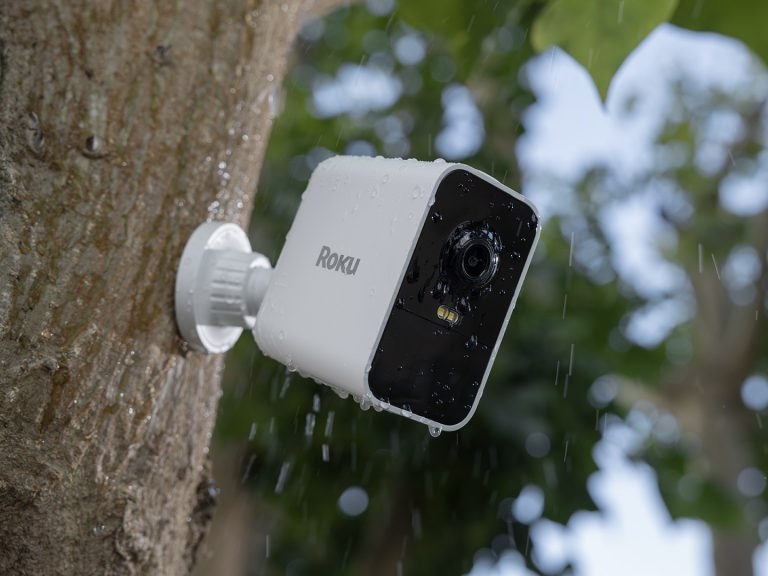
Roku reveals its own battery-powered smart home cameras with TV integration
Roku is going in a new direction with its latest smart home products, stepping away from the rebadged Wyze cameras it offered in the past. This time, the company is rolling out security cameras designed entirely in-house. The new Roku Battery Camera and Roku Battery Camera Plus promise easier installation, longer battery life, and deep integration with the Roku ecosystem.
These weather-resistant cameras are built to work indoors or outdoors, and because they run on rechargeable batteries, there’s no need to mess around with power cables. Roku also plans to offer a solar panel accessory, giving users the option to keep the batteries topped off without manual charging. According to the company, the standard Battery Camera can last up to six months per charge, while the Plus model could go as long as two years before needing to be recharged.

